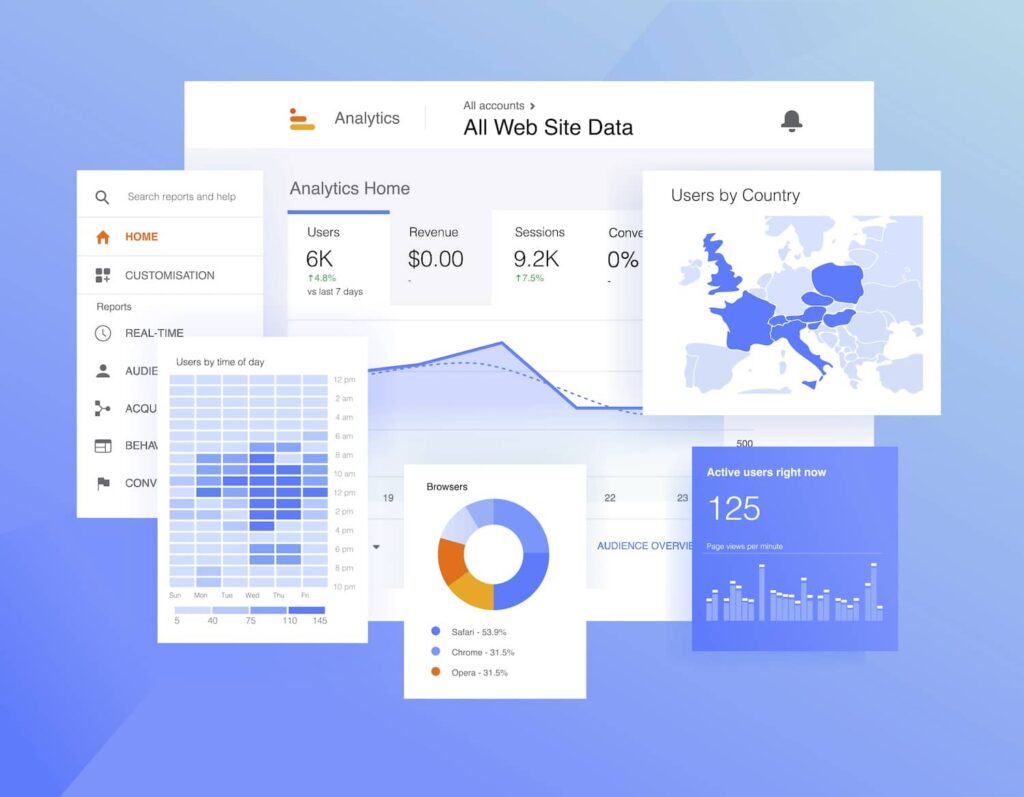Debunking Secondary Dimensions in Google Analytics: Definition and Practical Applications
Debunking Secondary Dimensions in Google Analytics: Definition and Practical Applications
Blog Article
Revealing the Influence of Additional Measurement in Google Analytics on Data Analysis and Insights
In the world of information analytics, the application of additional measurements within Google Analytics has actually become an essential device for extracting deeper understandings and unraveling facility patterns that may or else remain obscured. By peeling back the layers of key data collections, additional dimensions supply a nuanced viewpoint that enhances the understanding of user habits, site performance, and the effectiveness of advertising and marketing methods. The real influence and untapped capacity of second measurements are frequently undervalued, eclipsed by the attraction of main metrics. As we navigate with the complex landscape of information evaluation, the value of second measurements ends up being increasingly noticeable, dropping light on vital details that hold the trick to educated decision-making and tactical optimizations.
Discovering the Concept of Secondary Measurements
Secondary measurements in Google Analytics offer added understandings by enabling users to examine main information in conjunction with a second characteristic. By integrating second dimensions, customers can delve deeper into the information and uncover important connections that could or else go undetected - what is a secondary dimension in google analytics.
Understanding the principle of additional dimensions is vital for making best use of the potential of Google Analytics. It permits users to sector information successfully, recognize patterns, and make notified choices based on an extra full image of their analytics data. By exploring the different secondary measurements available in Google Analytics, users can unlock new understandings and enhance their electronic advertising initiatives. Fundamentally, additional measurements act as a powerful tool for improving data analysis and driving workable outcomes.
Enhancing Information Analysis With Additional Measurements
Having actually developed the fundamental understanding of secondary measurements in Google Analytics and their pivotal function in data analysis, the emphasis currently moves in the direction of leveraging these secondary attributes to enhance the interpretation of analytics information (what is a secondary dimension in google analytics). By including additional measurements right into data analysis, experts can acquire much deeper insights into individual behavior, internet site performance, and advertising performance

Moreover, second measurements aid in contextualizing main data metrics by offering additional layers of details. This contextualization aids in recognizing the 'why' behind the data fads, assisting experts make informed optimizations and choices to boost general performance. Eventually, including second measurements enhances the information analysis procedure, resulting in more tactical activities and meaningful insights.
Revealing Hidden Insights With Secondary Measurements
Exploring the midsts of analytics data with additional measurements exposes important insights that would or else stay covered. By integrating additional dimensions in Google Analytics, companies can unearth hidden patterns, fads, and correlations that provide a more extensive understanding of individual actions and site efficiency. These added layers of information allow analysts to dig deeper right into the main dimensions, such as website traffic sources or landing pages, and gain an extra nuanced perspective on just how different variables connect with each other.
With the use of secondary dimensions, experts can segment and contrast data throughout numerous dimensions, allowing them to identify details elements that influence customer involvement, conversion rates, and general success metrics. By coupling the main dimension of 'tool group' with the second dimension of 'age team,' marketing experts can pinpoint which age demographics like accessing the site with mobile gadgets versus desktop computers.
Leveraging Secondary Dimensions for Actionable Analytics
Building upon the insights unveiled with secondary measurements in Google Analytics, companies can currently harness this enriched information landscape to drive actionable analytics and critical decision-making. By leveraging additional measurements, organizations can dive deeper right into their data to remove beneficial patterns, patterns, and relationships that may have formerly gone undetected. This deeper degree of analysis allows organizations to acquire an extra comprehensive understanding of customer actions, project performance, and overall internet site efficiency.
One trick advantage of utilizing secondary dimensions for workable analytics is the capability to section data based on details criteria. This segmentation permits companies to tailor their strategies and campaigns to different audience groups, resulting in much more targeted and efficient marketing efforts - what is a secondary dimension in google analytics. Additionally, second measurements my site offer a more all natural view of individual interactions, making it possible for organizations to optimize their website web content, layout, and general individual experience
Maximizing Decision-Making With Secondary Dimensions
To improve strategic decision-making in analytics, leveraging second measurements in Google Analytics can give a much more nuanced perspective on user actions and campaign performance. By including secondary measurements right into information analysis, companies can delve much check this deeper into the specifics of their site site visitors' communications and interaction patterns. This added layer of info allows for a much more extensive understanding of how various variables, such as demographics, tools, or web traffic resources, impact essential efficiency indicators.

Conclusion
Finally, the use of secondary measurements in Google Analytics plays a critical function in boosting information analysis and discovering hidden understandings. By exploring this concept, one can get a deeper understanding of user habits and make educated choices based on actionable analytics. Leveraging second dimensions enables a more comprehensive analysis of data and takes full advantage of the effectiveness of decision-making procedures.

Report this page